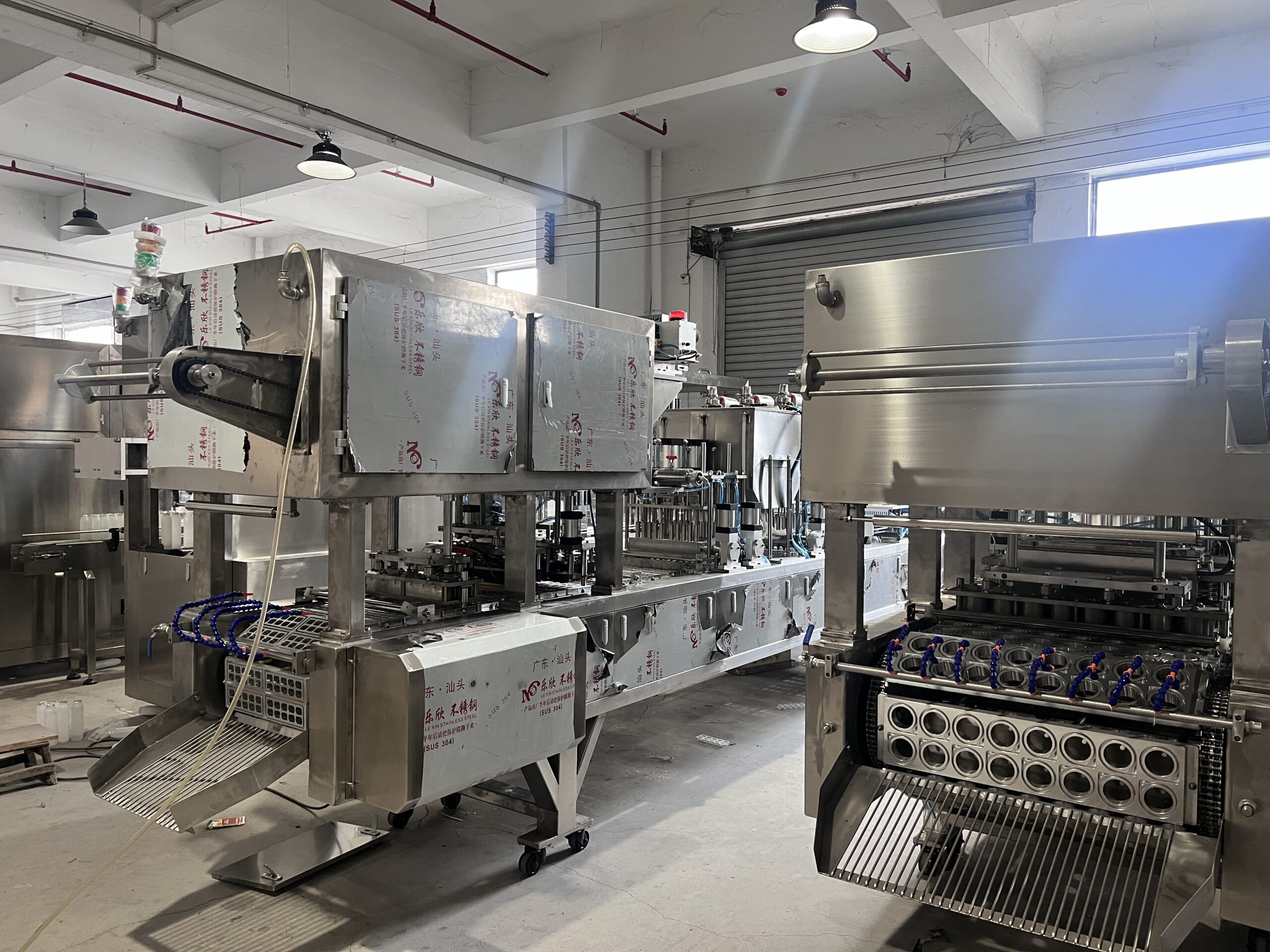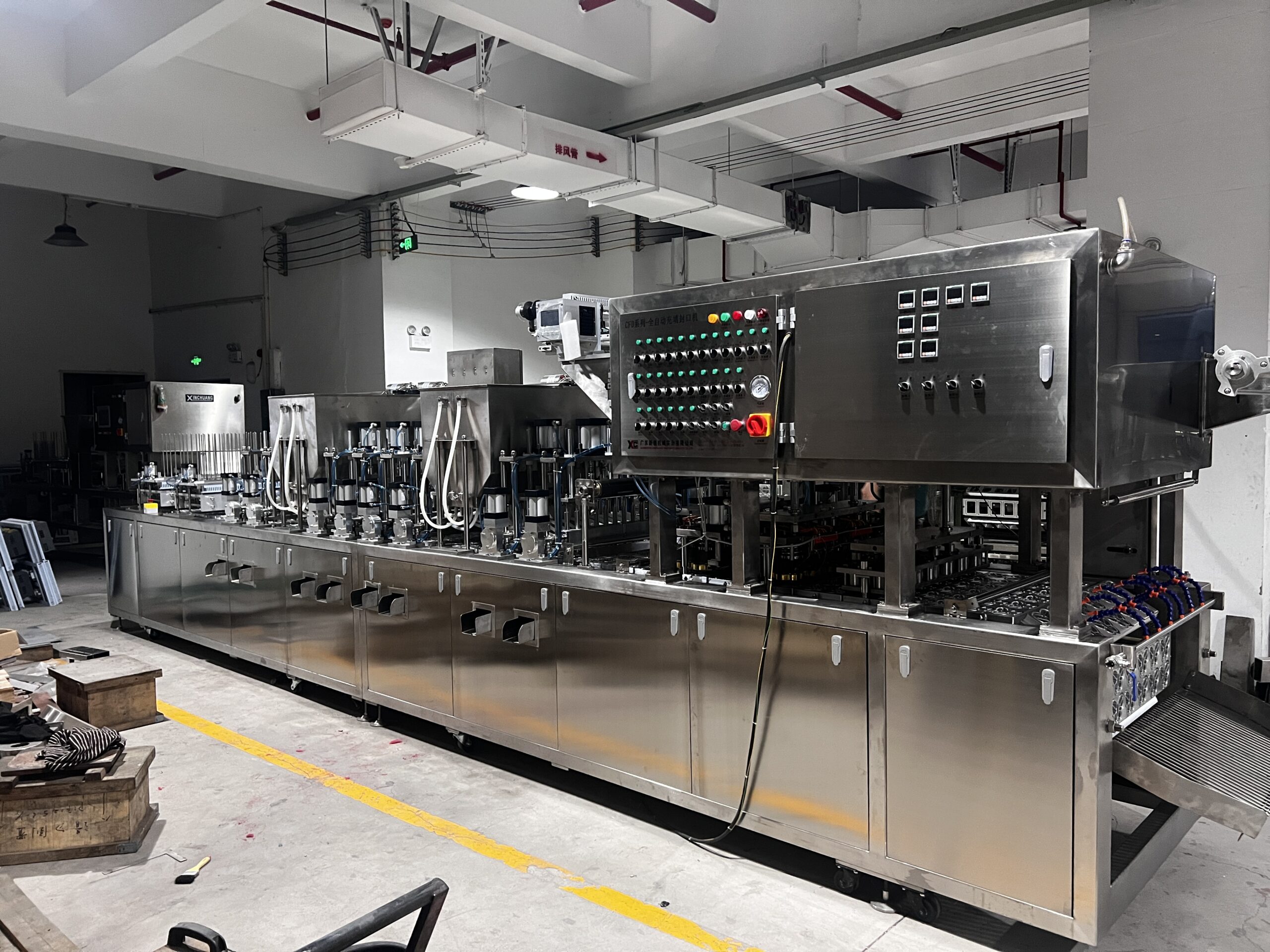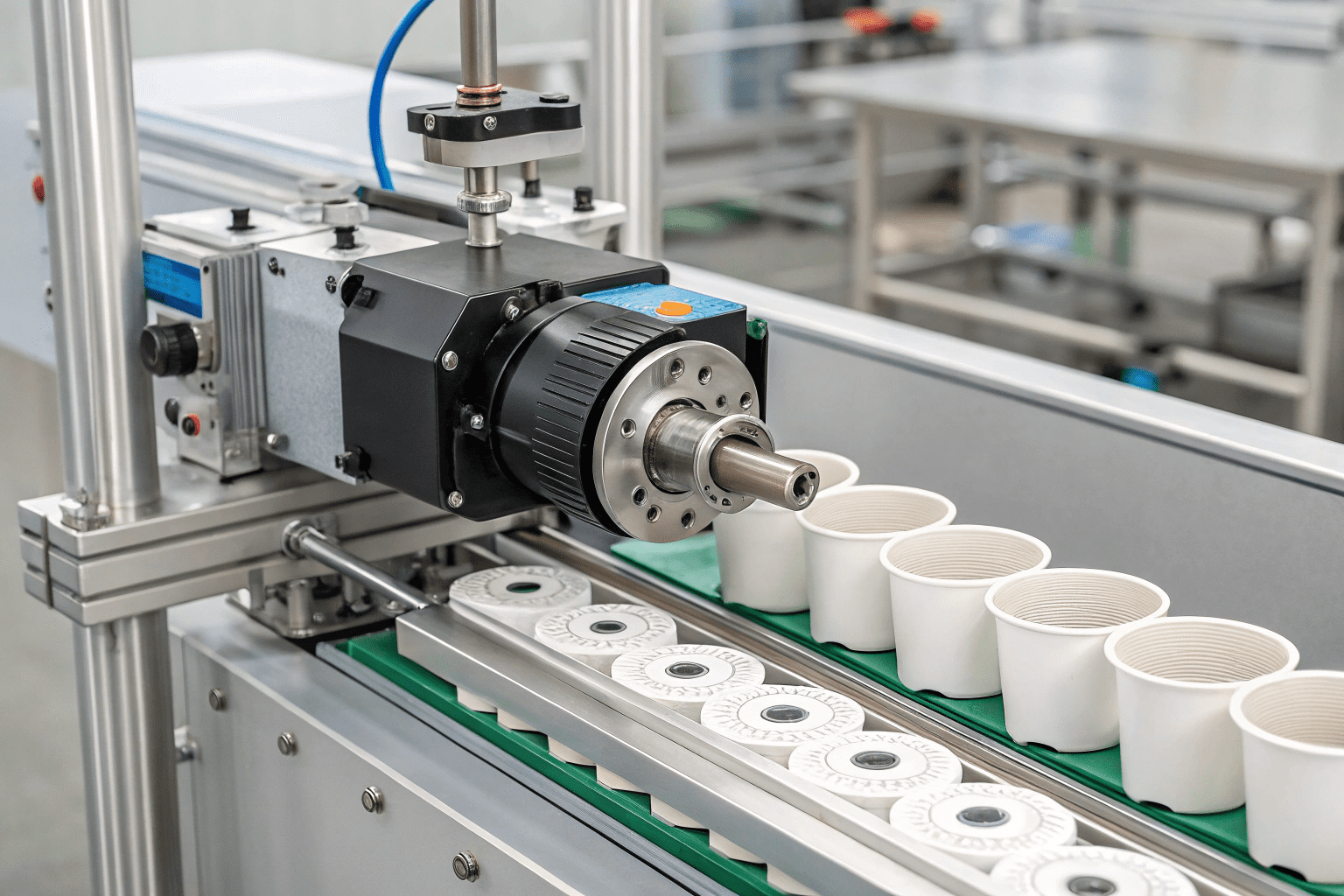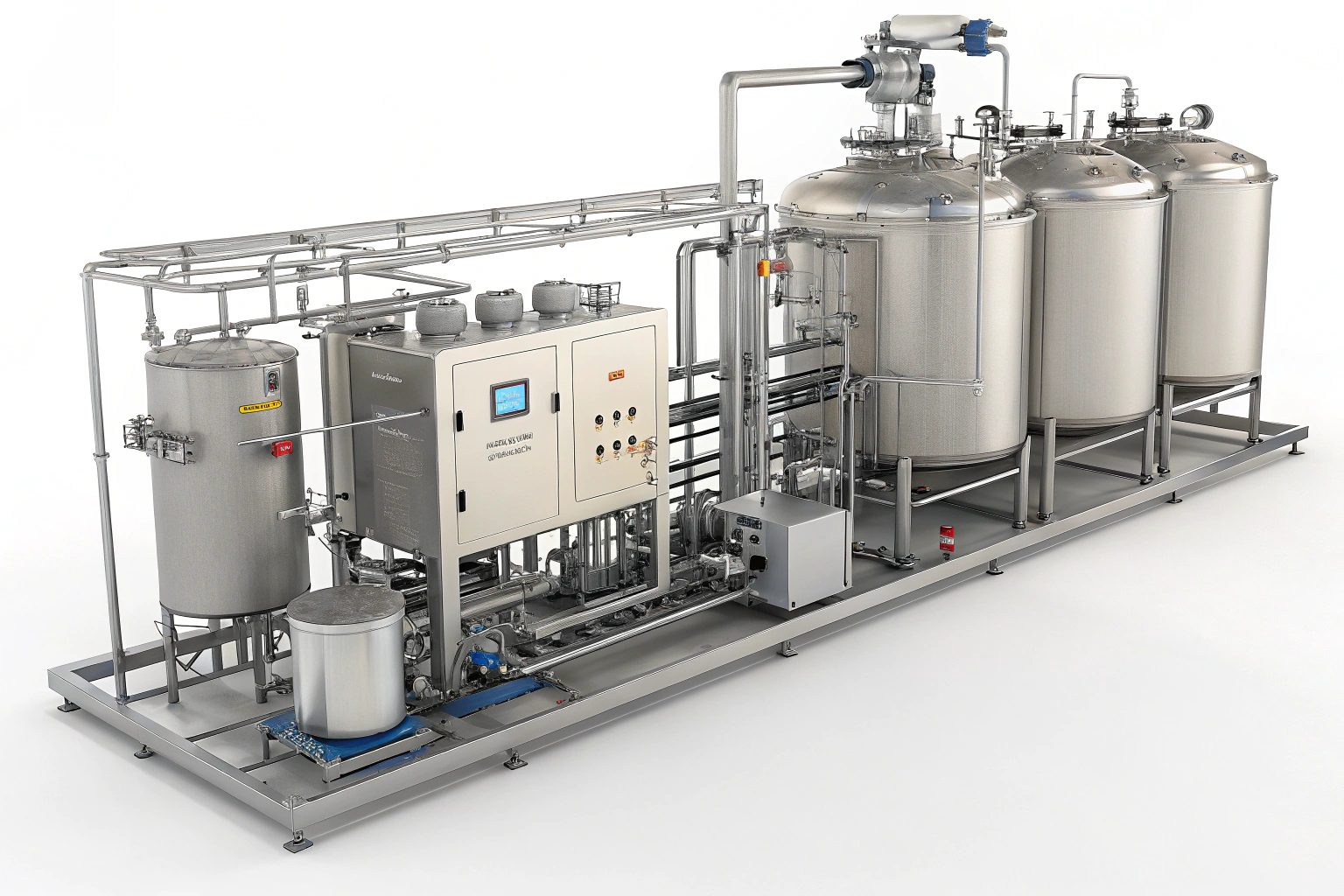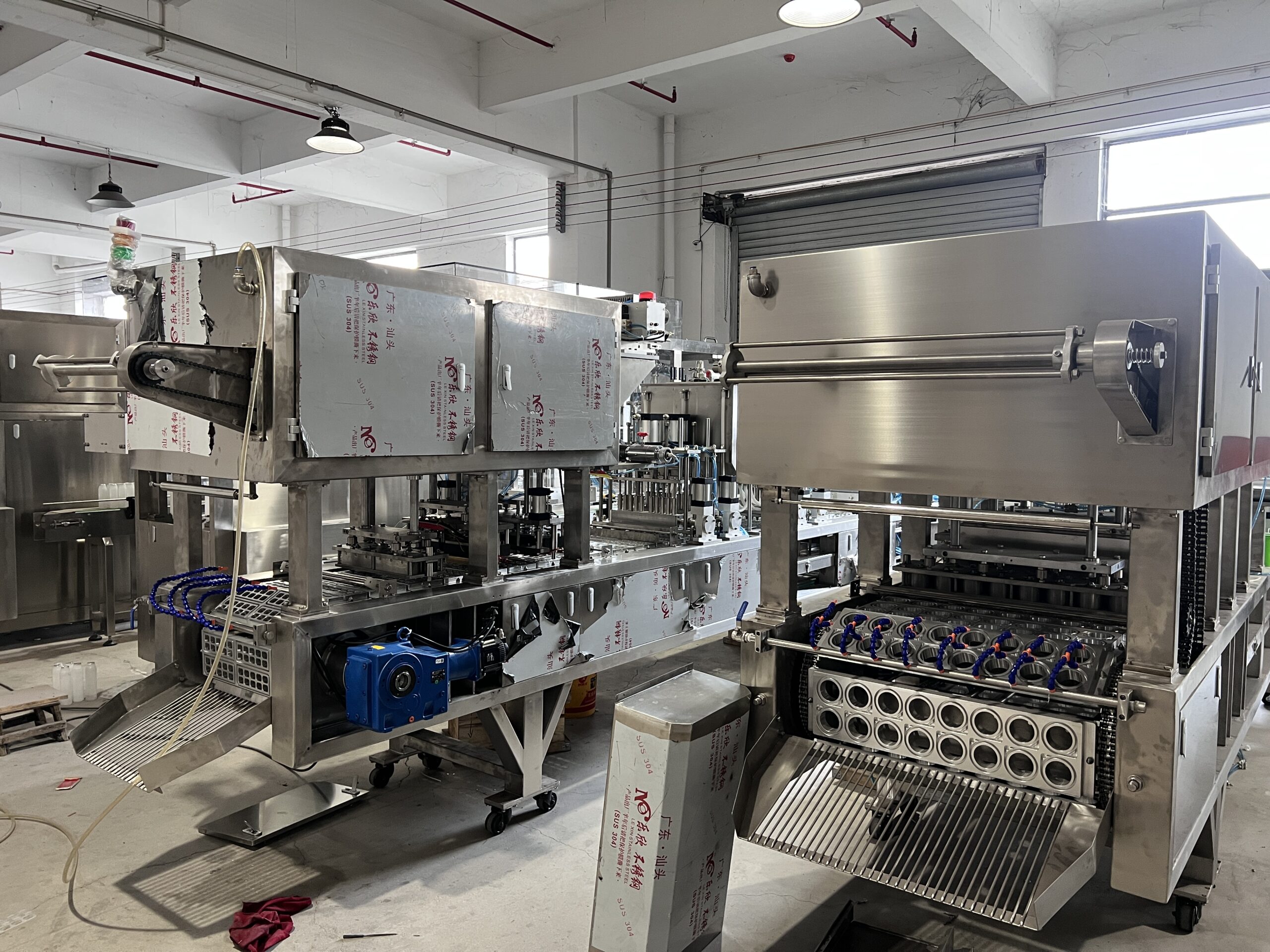What Should I Do if My Cup Filling Machine is Overfilling and Underfilling?
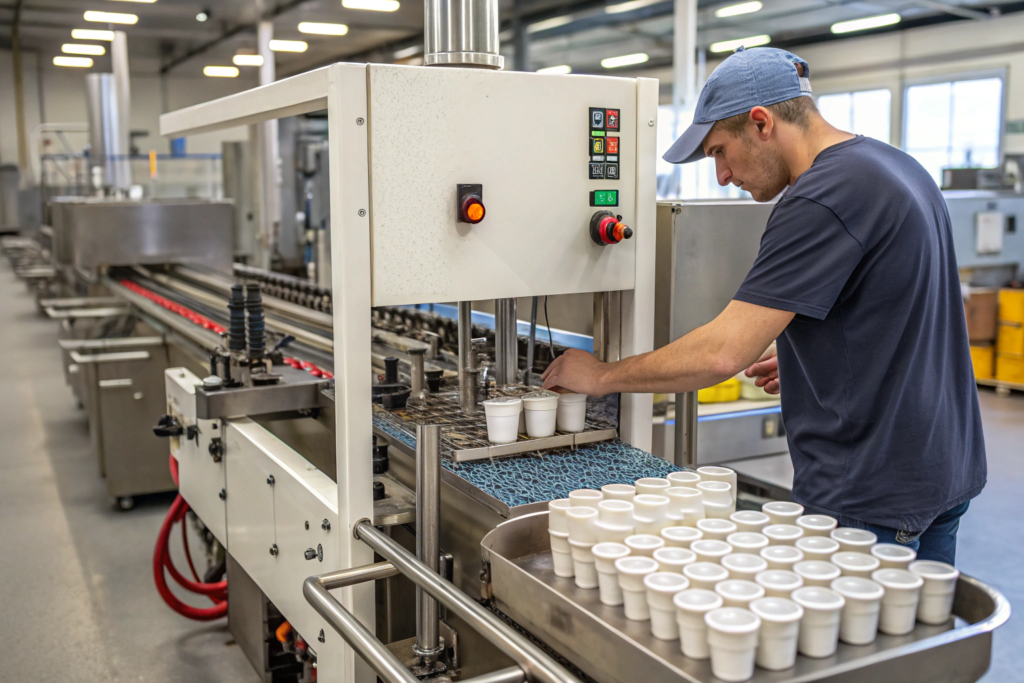
But, there’s always more to learn to make sure you are well prepared. So stick around and let’s go through this together!
What is the Maintenance of Fillers Machinery?
Is your filler giving you a headache with constant problems? Ignoring regular maintenance is like skipping oil changes in your car – it’ll catch up to you.
Regular maintenance of fillers involves cleaning, inspecting, lubricating, and replacing worn parts. Follow the manufacturer’s schedule for optimal performance and extended machine life. Consistent care prevents bigger issues.
![Bottling machine maintenance labels with spelling errors.]
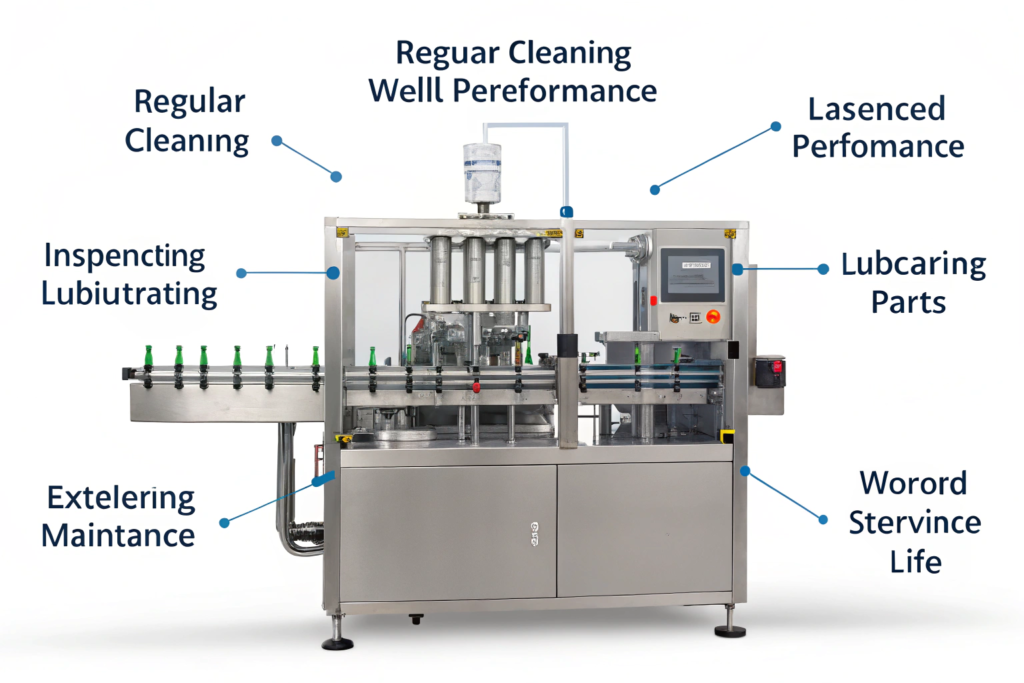
Dive deeper, the maintenance of filling machinery1, it’s something that should be approached with care. Let me break it down for you:
Daily Checks
| Checkpoint | Action | Reason |
|---|---|---|
| Cleanliness | Wipe down exterior and filling nozzles | Prevent product buildup and contamination. |
| Visual Inspection | Look for loose parts, leaks, or damage | Catch potential problems early. |
| Lubrication | Apply food-grade lubricant2 to moving parts | Reduce friction and wear. |
Weekly/Monthly Checks
| Checkpoint | Action | Reason |
|---|---|---|
| Seals & Gaskets | Inspect for wear and tear, replace if necessary. | Maintain airtight seals and prevent leaks. |
| Filters | Clean or replace filters. | Ensure clean product flow. |
| Calibration | Verify filling accuracy and adjust if needed. | Maintain consistent fill volumes. |
|Periodic Maintenance (As per manufacturer’s guidelines)
- Component Replacement: Replace worn-out parts like pistons, valves, and belts.
- Professional Servicing: Schedule a technician for a thorough inspection and any complex repairs.
Remember, a well-maintained machine is a happy machine. I once had a client who neglected maintenance, and their production line came to a screeching halt. It took days and a hefty repair bill to get them back on track.
Which Method is Used for Liquid Filling?
Are you using the right filling method for your product? Choosing the wrong one can lead to messy spills, inaccurate fills, and damaged goods.
The most common methods are gravity, piston, and overflow filling. Piston fillers are best for precision and versatility, and they can handle a range of viscosities.
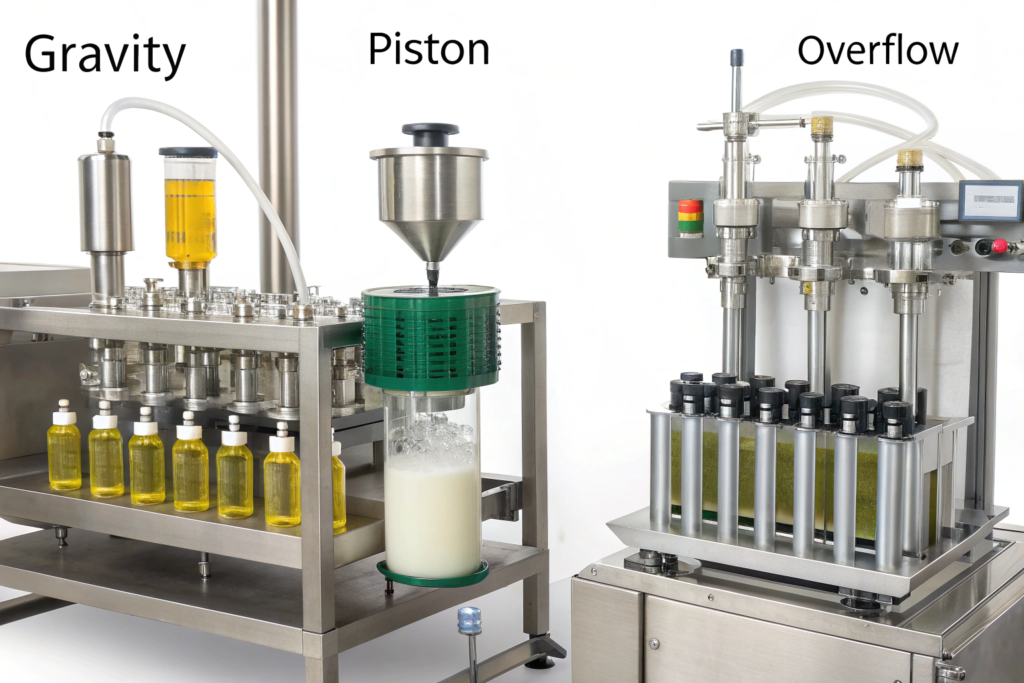
Dive deeper and let me expand on the different liquid filling methods:
Gravity Filling3
- How it works: Uses gravity to draw liquid into the container.
- Best for: Thin, free-flowing liquids like water, juice, and some oils.
- Pros: Simple, inexpensive, and easy to clean.
- Cons: Not suitable for viscous liquids or precise fill volumes.
Overflow Filling4
-
How it works: Fills the container to a specific level, and excess liquid overflows back into a reservoir.
-
Best for: Liquids that tend to foam or have slight variations in container volume.
-
Pros: Consistent fill level, handles foaming liquids well.
-
Cons: Can be messy, not ideal for very viscous liquids.
Piston Filling5
-
How It Works: It draw precise amounts of product for dispensing into containers, and is controlled by a piston mechanism.
-
Best For: Versatile, accurate filling for liquids, creams, and pastes.
-
Pros: Filling is more precise.
-
Cons: Filling Speed is slower.
Choosing the right method depends on your product’s characteristics and your production needs. Think about it. Do you need speed, precision, or the ability to handle foamy liquids?
What is the Principle of Liquid Filling Machine?
Confused about how your filling machine actually works? Understanding the basic principle can help you troubleshoot problems and optimize performance.
Liquid filling machines work by controlling the flow of liquid into containers. Piston fillers use a piston to draw in and dispense a precise volume of product.
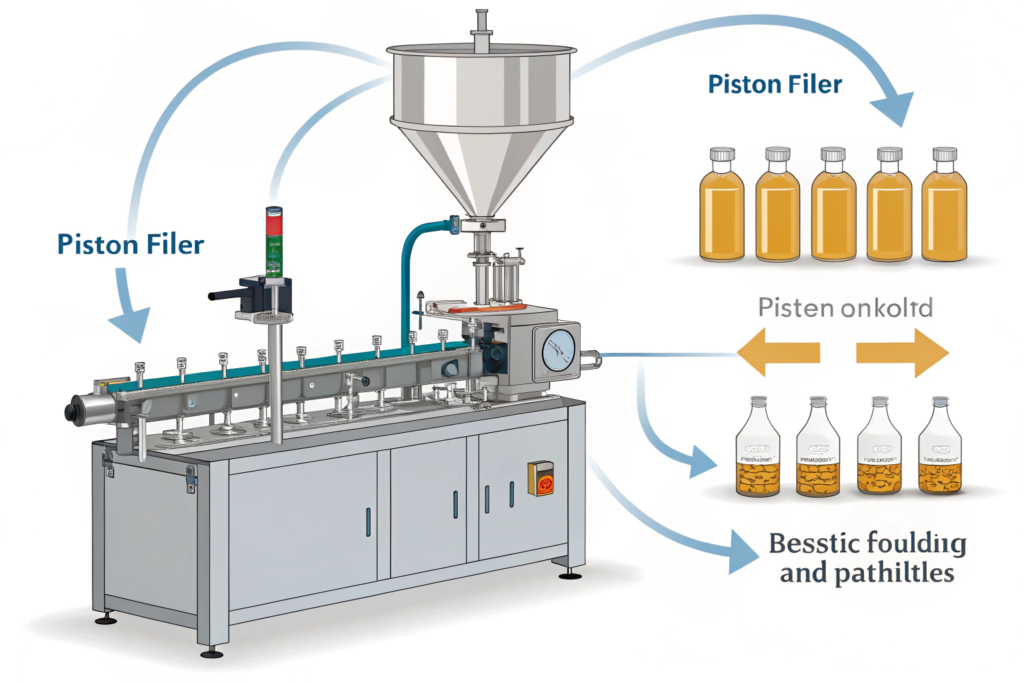
Dive deeper, The principle of a liquid filling machine, especially a piston filler, can be broken down like this:
Intake Stroke
- Piston Retracts: The piston moves back within the cylinder.
- Vacuum Creation: This creates a vacuum in the cylinder.
- Product Intake: The vacuum draws liquid from the product supply tank into the cylinder.
Filling Stroke
- Piston Advances: The piston moves forward within the cylinder.
- Valve Switching: A valve system directs the flow of liquid towards the filling nozzle.
- Dispensing: The piston pushes the measured volume of liquid out through the nozzle and into the container.
Volume Control
- Adjustable Stroke6: The distance the piston travels (its stroke) can be adjusted to control the filling volume.
- Limit Screw: A limit screw often sets the maximum stroke length.
Speed Control
-
Throttle Valves7: Throttle valves on the cylinder control the speed of the piston’s movement.
-
Filling Time: Adjusting the filling time can help with issues like air entrapment, especially in small containers.
-
Sealing Ring8: If the piston sealing ring is worn, the filling volume will be affected, check it!
Understand the relationship between volume control, piston speed, and the intake/filling strokes. By mastering these elements, you have greater control over your machine’s performance.
Conclusion
Consistent filling is key to smooth production. Follow these insights and take the maintenance steps. You will soon be able to solve most of the common problems.
-
Understanding best practices can enhance the longevity and efficiency of your filling machinery, ensuring optimal performance. ↩
-
Exploring the significance of food-grade lubricants can help ensure safety and compliance in food processing environments. ↩
-
Explore the benefits of Gravity Filling to understand its simplicity and cost-effectiveness for various liquids. ↩
-
Learn about Overflow Filling to see how it ensures consistent fill levels, especially for foaming liquids. ↩
-
Discover the precision of Piston Filling and how it can enhance your packaging process for various products. ↩
-
Understanding adjustable stroke can enhance your knowledge of volume control in filling systems, leading to better efficiency. ↩
-
Learning about throttle valves can help you optimize the speed control in your filling processes, improving overall performance. ↩
-
Exploring the function of sealing rings can prevent filling volume issues, ensuring consistent and accurate dispensing. ↩


